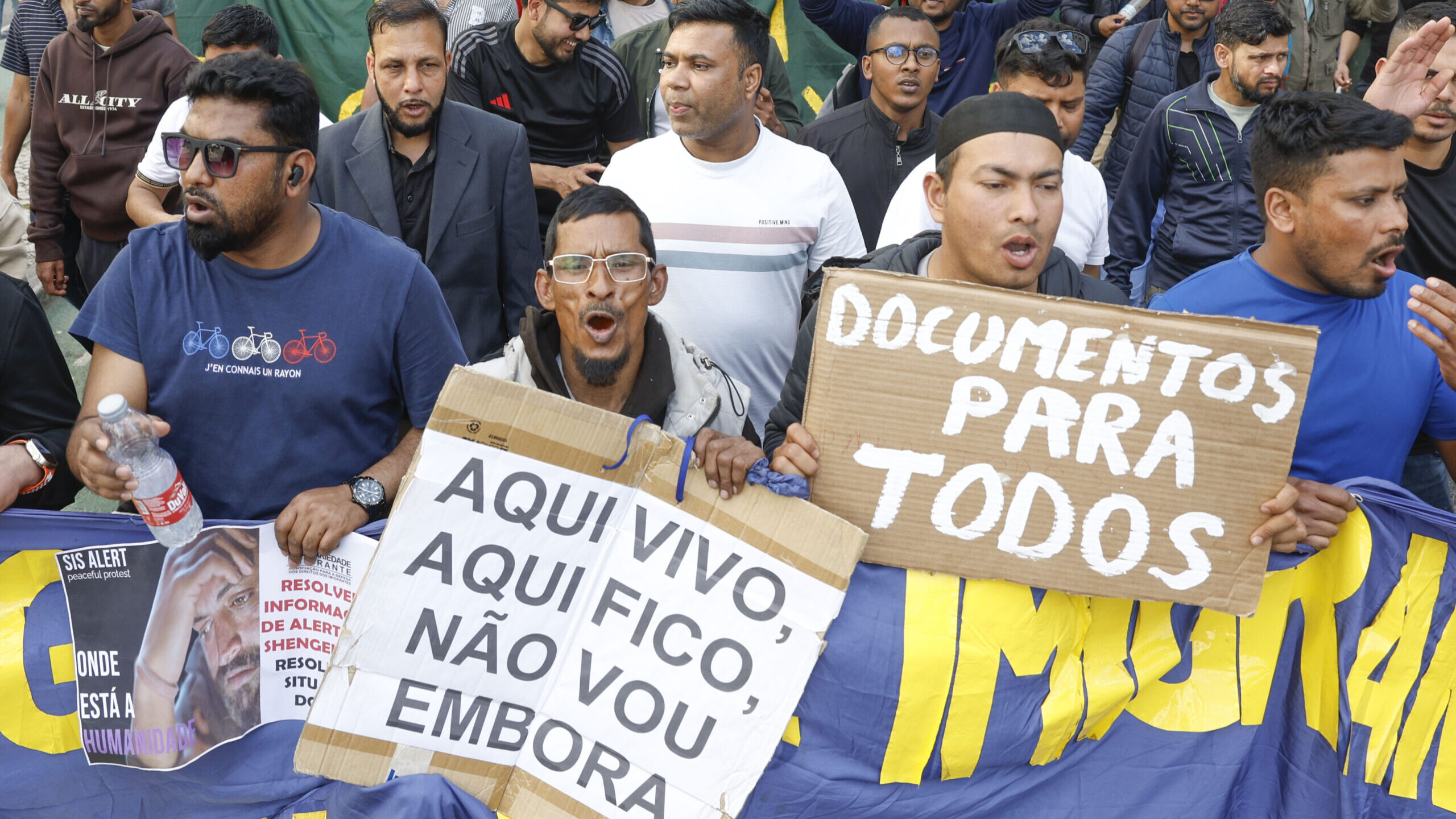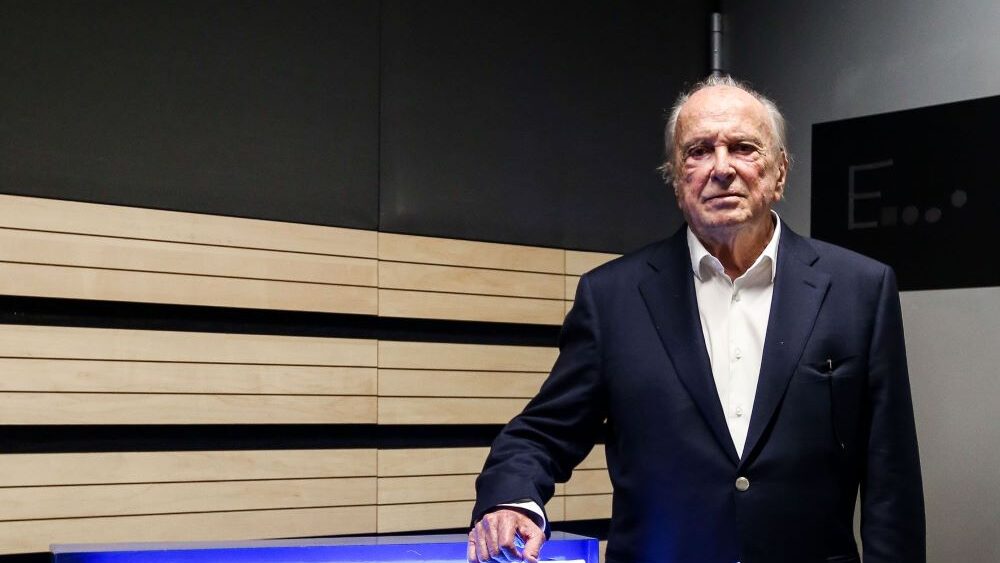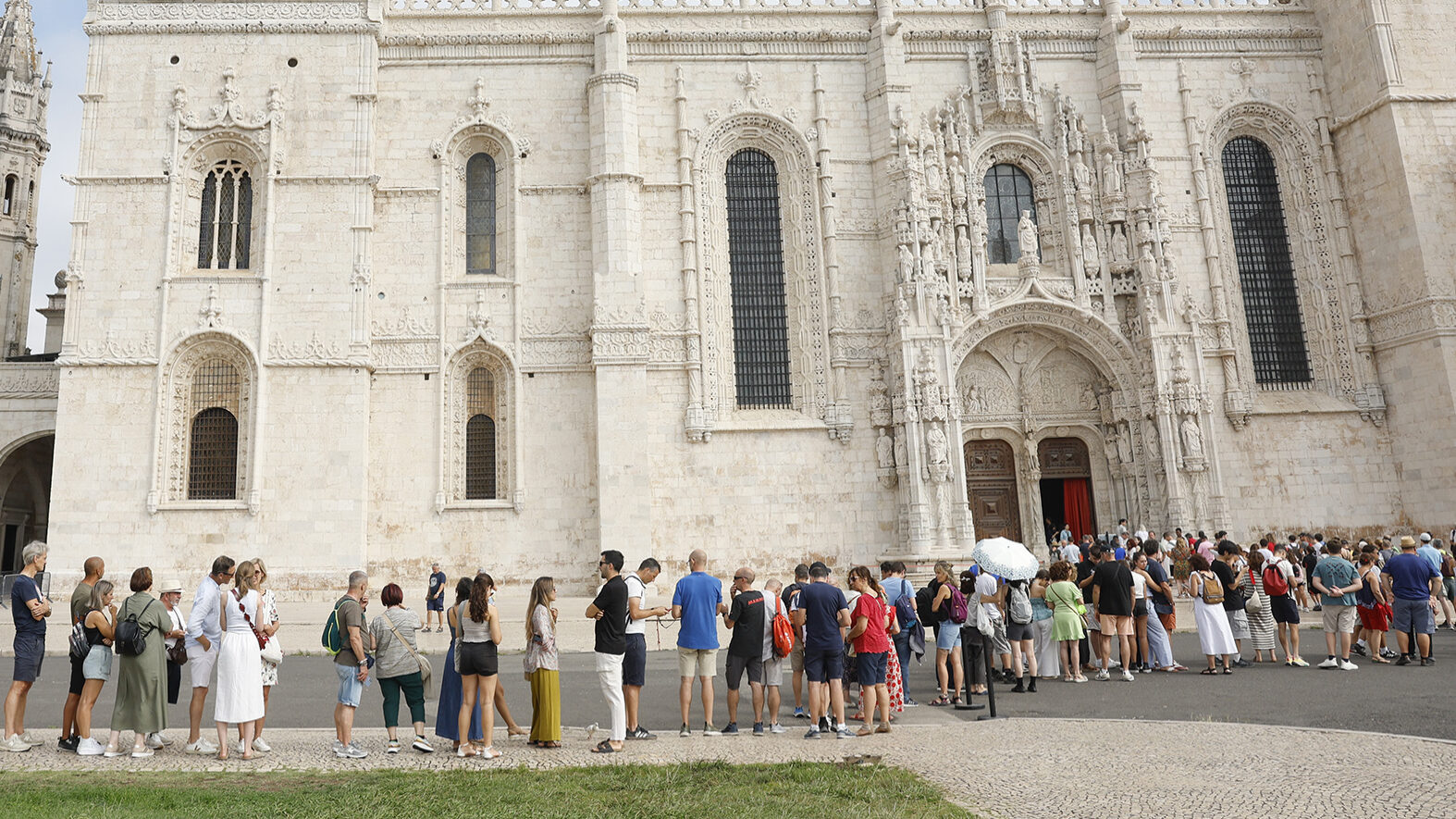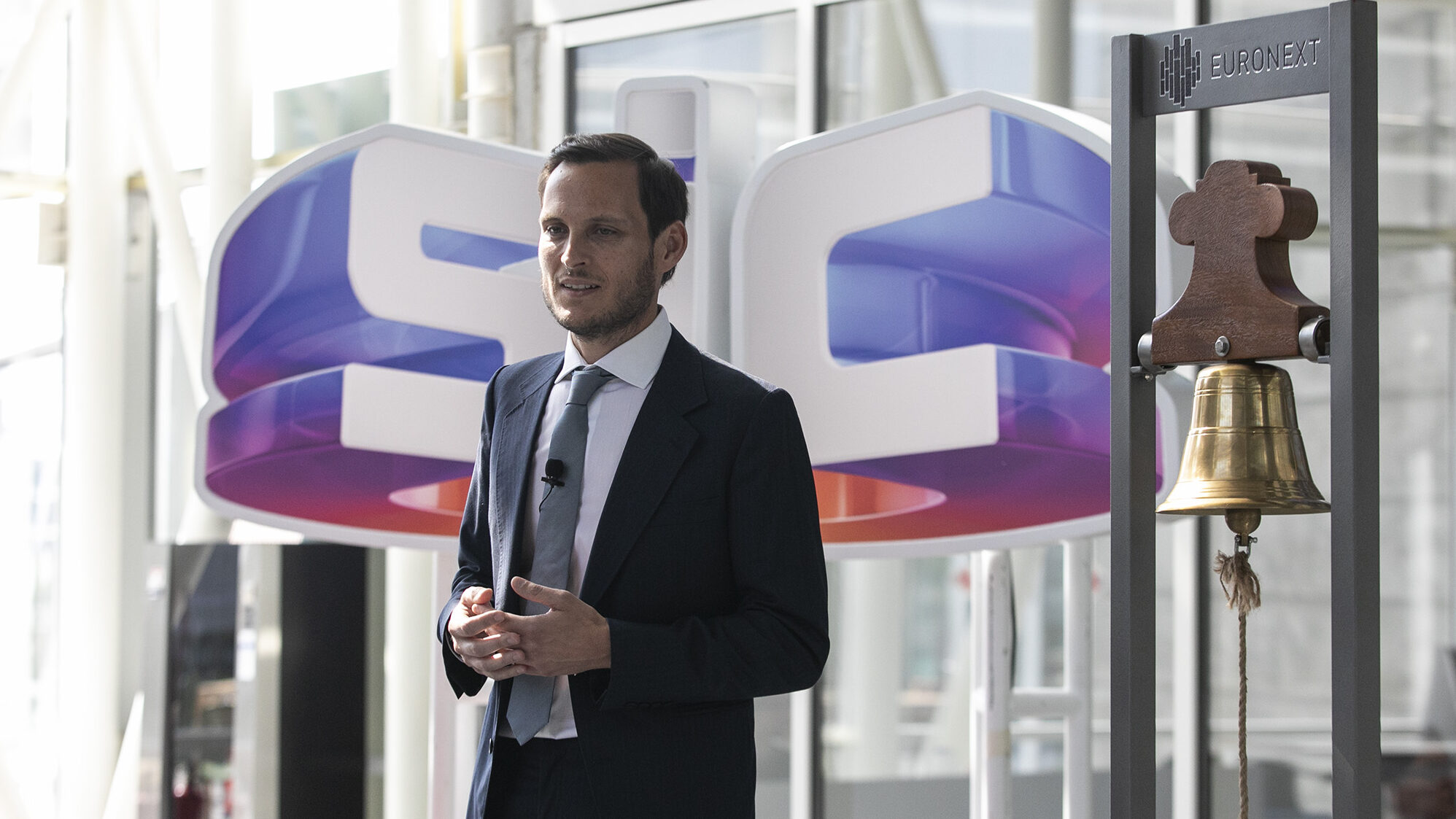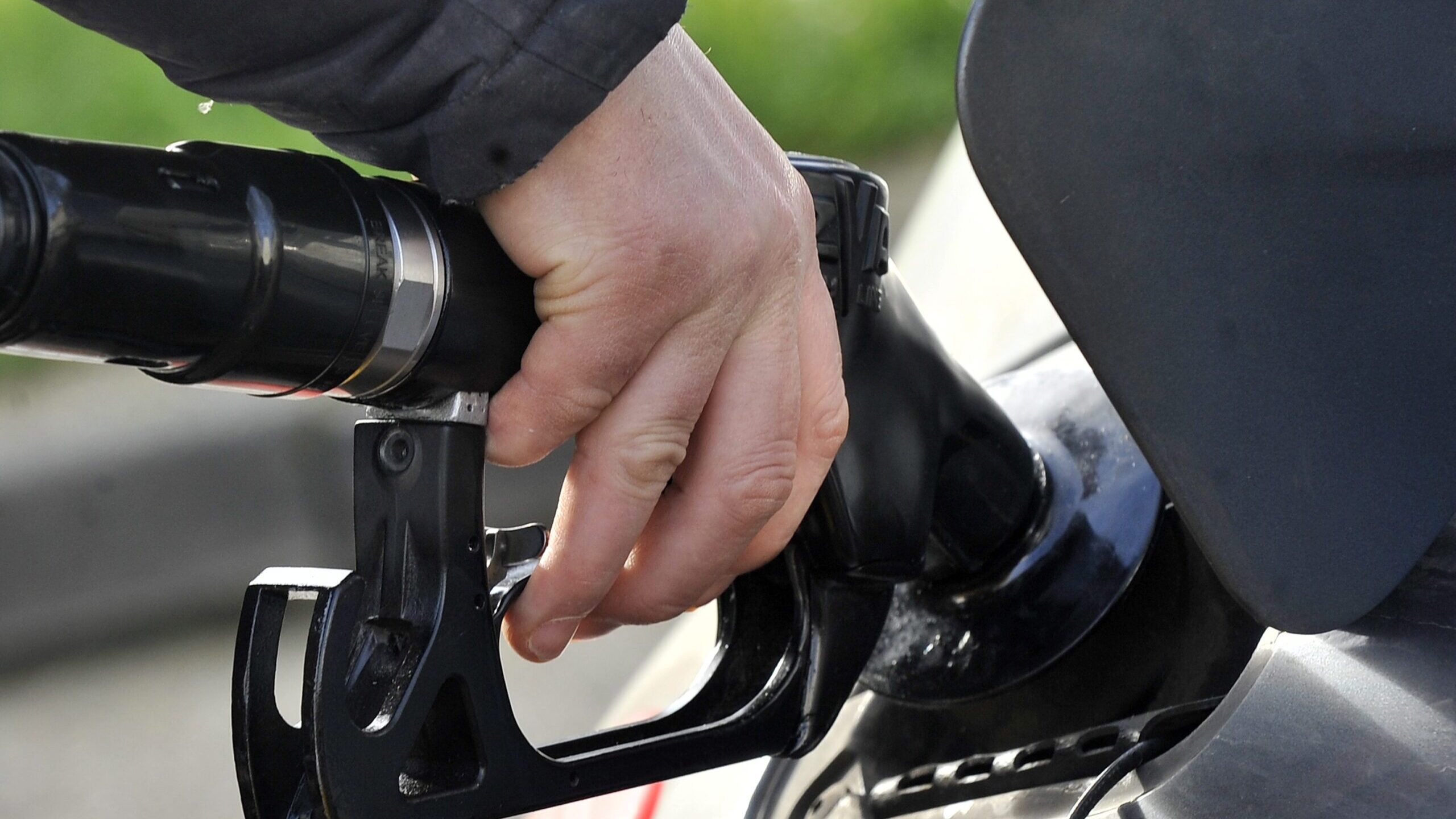Mergers and acquisitions statistics only capture up to 20% of the Portuguese market, warns KPMG
KPMG Advisory Leader João Sousa Leal says that the lack of data complicates investment plans. Investor Lourenço Mayer, from Lince Capital, describes the country as "somewhat opaque" in this area.
It is one of the elephants in the room when it comes to mergers and acquisitions in Portugal. After all, how much are they worth? How is the transactional market evolving, quantitatively speaking? It depends, because the main international rankings only evaluate million-dollar transactions, do not distinguish between deals with subsidiaries, or ignore announcements and wait until the last stage of the deal, when it is completed, to include it in the tables.
KPMG’s head of Advisory, João Sousa Leal, estimates that the statistics only represent a fifth of the Portuguese transactional market. “We have a problem with statistics in Portugal. I believe that we can only capture a maximum of 20% of the market. It is very difficult to know the number of transactions, most statistics are incorrect and do not show some small deals”, explained the consultant at the “M&A Headwinds and Horizons in 2025” event organised by Datasite. The information barrier, which is not seen in other countries, complicates the work of advisors and investors’ investment plans.
The latest available data, covering the months from January to August, show that the M&A market fell both in number (374 deals completed) and in value (€5.5 billion mobilised), although it does not include – as it is still ongoing – the purchase of Novobanco by the French group BPCE for €6.4 billion, according to TTR Data. Without a complete picture, those behind the deals explain the situation based on what is happening behind the scenes.
Sonae’s M&A director, João Miguel Pessanha, outlined three different movements in the market. First, “normal activity” in private equity, with sales, some exits – especially of companies invested in between 2018 and 2022 – and acquisitions supported by Banco Português de Fomento’s (BPF) Consolidar Programme, which ends at the end of the year. Second, larger companies (corporate) closing “very interesting deals in terms of diversifying their sources of revenue”.
Examples of this diversification can be seen with CTT, which acquired the healthcare logistics company Decopharma, the operator Nos, and the technology company Claranet Portugal; the Ageas group (through Médis), which acquired Esfera Saúde’s 18 physiotherapy clinics, and Semapa, which acquired the Spanish metal structure manufacturer Imedexa for €148 million. Finally, João Miguel Pessanha lists the impact of large transactions, which have been in the works for several years, including Novobanco and Luz Saúde.
“We are seeing the concept of buy and build [expanding operations through acquisitions] in which private equity funds buy leading Portuguese companies and then make several acquisitions of smaller companies in the same or a complementary sector”, added Francisco Proença de Carvalho, founding partner of Proença de Carvalho, highlighting the dynamism in the transport and logistics, industry and food sectors.
Lawyer Francisco Proença de Carvalho, who became famous for litigation cases despite having started his career in M&A, anticipates “good conditions for a strong fourth quarter” because the last months of the year are usually the most important for law firms, but acknowledges that “in this geopolitical and economic environment” it is “not easy” to make predictions.
Value is the key piece of this puzzle, to the point that it is considered the main dealbreaker in the UK. The more than 70 participants at the conference voted and left no room for doubt: the majority (74%) pointed to misalignment of value as the biggest obstacle to transactions. This was followed by red flags in due diligence (17%), cultural or leadership conflicts (6%) and regulatory and compliance obstacles (4%).
“Portugal is opaque in M&A”
Investor Lourenço Mayer, head of Growth Funds at Lince Capital, says that some “contradictory data” make Portugal a “somewhat opaque country in terms of M&A”, where “you can never be sure of the real figures”. However, he assures us that he feels the “hot market” on the ground, especially in industry, which is undergoing a transformation with the relocation of production to areas closer to home (nearshoring and reshoring) around the globe. “I believe that private equity firms and financial investors, in general, have extremely high levels of dry powder [available capital] and want to invest that capital in a timely and careful manner”, Lourenço Mayer told an audience of legal and financial advisers.
The purchase of 75% of the Multimoto group by Salvador Caetano, of Padaria Portuguesa by the Spanish company Rodilla, and of Concremat by the neighbouring company Cementos Molins, a producer of aggregates, cement and concrete, were three of the deals highlighted by Datasite’s senior vice president of sales. “There is a very clear pattern. International investors, especially Spanish ones, continue to see Portugal as a very strategic growth market”, said Nertila Asani, admitting that “investors are clearly more selective about where they place their capital”.
And outside of due diligence, are there any red flags? Several, namely the political situation in France and its impact on Europe and Portugal, the (de)valuation of the dollar for US investment plans on this side of the Atlantic, US tariffs, competition from other markets, especially Spain, and the future of funds.
“The question is: what will happen next year, when all these funds are fully committed [the amount contributed by investors]? Will financial investors be able to continue to raise funds of this size without the support of the BPF?”, asked Lourenço Mayer of Lince Capital to the audience at the Four Seasons Ritz Hotel in Lisbon.
